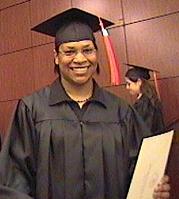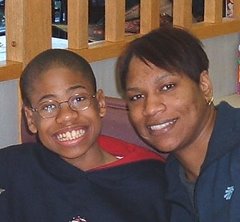Medical Research News
Published: Tuesday, 13-Dec-2005
New brain imaging research at the University of North Carolina at Chapel Hill indicates that when people with autism look at a face, activity in the brain area that responds is similar to that of people without autism.
The finding is surprising, as it is widely known that autistic individuals tend to avoid looking directly at faces. The research also counters previous published reports that the face-processing area at the back of the brain is under-responsive in people with autism, and it suggests that specific behavioral interventions may help people with autism improve their ability to interact socially.
They propose that the use of behavioral interventions aimed, perhaps, at de-sensitizing autistic individuals to the anxiety triggered by looking at faces may help to improve the quality of social interactions, at least from the perspective of caregivers and others involved with them. "The idea is that maybe behavioral methods can help a child with autism approach facial stimuli without anxiety. This is strictly conjecture, but it is a tantalizing possibility," Dichter said.
Excerpts from full article available at: http://www.med.unc.edu/
For information, resources and practical strategies on autism please visit: www.AutismConcepts.com
Forget what you haven't heard… Family site shares news, resources, announcements and free or low-cost ways to help us manage day-to-day living with autism.
Crystal Brown

About Me

- Crystal
- AutismConcepts.com and Child-Autism-Parent-Cafe.com share a large collection of useful autism information, resources, and how-to articles written by authors who are touched by autism, offering practical solutions to families. Particularly minority and underserved families and caregivers who may not know what to do or where to go for help.
MJ And Me

Blog Archive
-
▼
2005
(194)
-
▼
December
(10)
- Jetti Katz Lab Licenses Test Panels for Autism, A...
- Article: How Autism Feels
- Senate-passed Budget Reconciliation Bill Devastate...
- Action Alert - National Vaccine Information Center
- Text remarks of Dr. Kenneth Stoller to NM Bd of Ph...
- Surprising autism finding
- New Clinical Trial for Gastrointestinal Problems i...
- The Age of Autism: 'A pretty big secret'
- Autism Speaks Participate in Final Two Episodes of...
- Study: The prevalence of teachers who bully studen...
-
▼
December
(10)